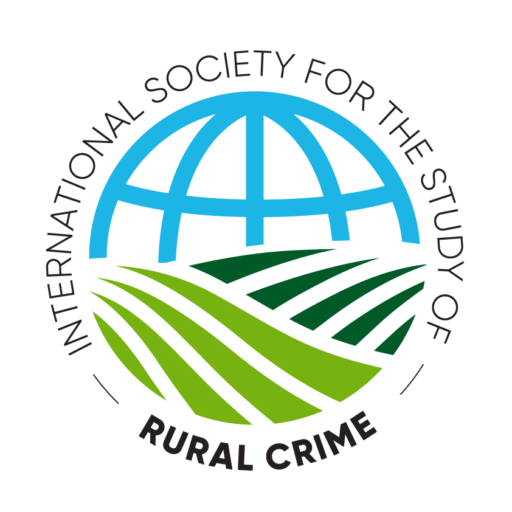ISSRC Blog
This blog provides an opportunity for pithy observations or reflections on topical rural crime news and developments, a summary of research, promotion of publications, advertisements for upcoming events… and more! If you would like to contribute, email a submission of no more than 500 words to admin@issrc.net
Some links to data on rural populations and agriculture
For readers interested specifically in agriculture and food production, here are some useful resources.
According to World Bank data, 45 percent of the world’s population is rural. This is higher in low income countries (68%) and less in high income countries (18%). In terms of the percentage of gross domestic product (GDP) derived from Agriculture, forestry, and fishing (value added), the average world-wide is 3.6 percent: an average of 1.3 percent in high income countries and 25.1 percent in low income countries. These two World Bank links are particularly useful, allowing you to download the data tables but also see the data depicted on a map of the world.
As countries have industrialised, the proportion of people employed in agriculture has fallen. Another useful link is to Max Roser’s Our world in data data and analysis, which provides graphical representations of data for people employed in agriculture including women in agriculture, as well as agricultural productivity. Roser notes that “[t]he importance of the agricultural sector declines as the economy grows”.
You can compare this data with self-reported happiness and life-satisfaction data, compiled by Esteban Ortiz-Ospina and Max Roser.
Do you have other great online data links which would be of interest to people studying rural crime and scoeity? Send them to us to share!
Member in the Spotlight (June 2019): Bridget Harris
ISSRC founding member and Society Treasurer, Dr Bridget Harris, is this month’s member in the spotlight. You can follow her on Twitter.
 Based in the Crime, Justice and Social Democracy Research Centre, School of Justice, Faculty of Law at Queensland University of Technology, Bridget works in the areas of domestic and family violence; technology-facilitated violence, advocacy and justice administration; spatiality; access to justice; and legal advocacy.
Based in the Crime, Justice and Social Democracy Research Centre, School of Justice, Faculty of Law at Queensland University of Technology, Bridget works in the areas of domestic and family violence; technology-facilitated violence, advocacy and justice administration; spatiality; access to justice; and legal advocacy.
Bridget actively combines her scholarship with practical outcomes – and has been invited to advise police and legal bodies in her research fields, and her research has informed policy and practice nationally and internationally (including in the Royal Commission into Family Violence and Law Council of Australia’s report, The Justice Project, focused on the state of access to justice in the nation).
Bridget has a long-running interest in rural criminology. In 2014, along with Amanda George, she prepared the ground-breaking Landscapes of Violence report which assessed the multitude of issues facing victims and survivors of family violence in rural and regional Victoria, Australia.
She edited (with Alistair Harkness and David Baker Locating Crime in Context and Place: Perspectives on Regional, Rural and Remote Australia (Federation Press, 2016). She is lead editor, with Delanie Woodlock, of the forthcoming Domestic Violence and Technology: Experiences, Perpetration and Responses (Routledge, 2021).
Bridget has not one but two articles in the May 2019 issue of The British Journal of Criminology (Vol 59 Issue 3) – the first with Delanie Woodlock on digital coercive control and domestic violence and violence against women; and the second with Heather Douglas and Molly Dragiewicz on technology facilitated violence.
11 fresh rural crime research articles
Volume 31, Edition 4 of Acta Criminologica, the Southern African Journal of Criminology, contains a wealth of new research on rural crime.
This special edition, edited by ISSRC executive member Willie Clack, contains 11 articles which will be of much interest and usefulness to scholars and others interested in rural crime. This collection of research contributes greatly to arresting the “trend of neglect” in criminological research which Willie Clack argues focuses on urban crime with rural crimes too often not recognised as a distinct phenomenon “despite equal importance”.
Articles in the special edition
Rural crimes: non-reporting of livestock theft by farmers
The impact of crime on farms: an international synthesis
The context of farm crime in Australia
Stocktheft in Kenya: patterns, drivers and challenges
Grazing with bullets in Africa: Fulani herdsmen-community killings and state response in Nigeria
Making rural areas safer: potential benefits of the rural safety plan
An examination of co-operative strategies towards policing stocktheft in the Kwazulu-Natal province
The impact of conservation crime on the South African rural economy: a case study of rhino poaching
A discussion of rhino horn domestic trade legalisation in South Africa

